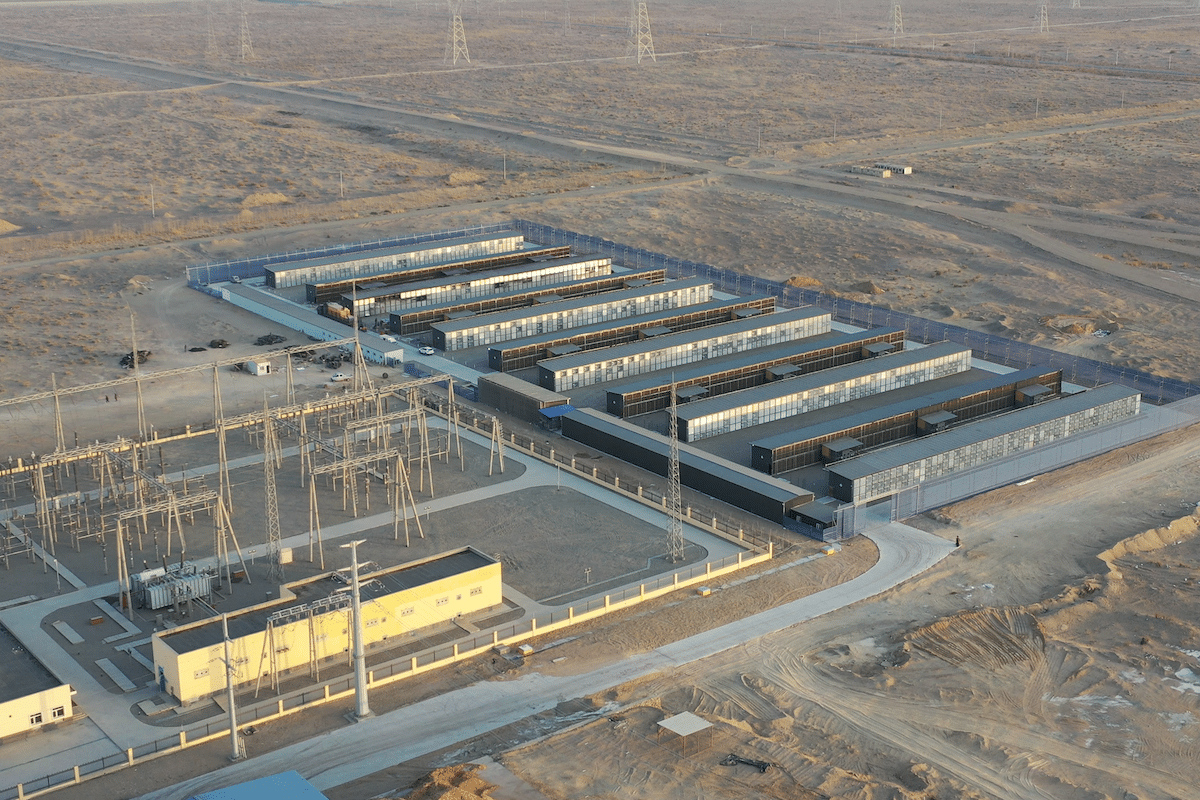Q3’22 was a tough quarter. For many bitcoin mining companies that came to the industry in 2021, this might also be the first time they experience a seemingly endless profit squeeze.
If it makes anyone feel better, BTC bottomed in December 2018 about two months after the network difficulty hit a then-all-time high. Four years later, the network difficulty again hit fresh highs in November. Maybe the bottom is imminent if it is believed that history at least rhymes. But we don’t make the rules.
As most of the major public companies have released Q3 earnings, we take a look at the most recent data of their operations to gauge a bigger picture of the industry status. One takeaway from our analysis is that almost everything went down, for better or worse.
Realized Hashrate
Probably the only important metric that wasn’t down is the Realized Hashrate of public mining companies, which represents their share of the entire bitcoin mining competition.
We keep track of the production of 15 mining companies on a monthly basis. With the capital they have spent on equipment and infrastructure since 2021, not only did their production outpace the growth of the network hashrate, their total market share jumped from 15% in January to almost 19% in October.
Unfortunately, that also means private mining firms are getting a smaller cut of the pie.
BTC Reserves
Bitcoin’s declining hashprice has weighed heavily on every mining operation in Q3, so painfully that it is causing Core Scientific, the largest public mining operation, to be on the brink of bankruptcy.
As such, the sale of bitcoin reserves continued to be notable, although not as significant as that in Q2 amid the Luna collapse.
Due to a slower liquidation pace and growing production, public mining companies maintained their total holdings at about 35,400 BTC as of the end of Q3’22.
Average All-in Mining Costs are Down
Perhaps surprisingly, the average all-in mining costs of public miners have declined from $26.4K in Q2 to $22.4K in Q3, according to our analysis in the chart below.
One thing to note is that Argo, Bit Digital, CleanSpark, DMG, and Iris Energy have not released full Q3 numbers as of writing.
If we remove those five companies from the Q1 and Q2 datasets, the average all-in mining costs of the remaining companies in Q2 were $24.5K. It would lead to the same conclusion.
We estimated the all-in mining costs based on each of the 15 companies' cost of mining revenues, general expenses, and interest expenses – the sum of which was then divided by the BTC produced.
Depreciation, amortization, and share-based compensation have been taken out of our analysis because they were not cash-based expenses. We have also removed non-recurring factors that would affect production costs such as power credit rewards, or cash penalties as a result of hosting contract violation.
We observed that public mining companies' average cost of mining revenues per BTC, such as energy and site maintenance, remained similar to Q2. The average decline of general and interest expenses made a greater contribution to a decreased all-in mining cost.
That said, the decline of bitcoin’s hashprice still outpaced everyone’s effort to cut down operational costs. The notable decrease in the gross margin in self-mining again shows how tough the market environment is.
However, it is interesting to see how the power credits that Riot received proved to be a notable margin hedge in Q3.
By shutting down operations based on demand in the summer, Riot received power credits to offset energy costs in the next month. It received $13 million for Q3 and we estimated it split the subsidy equally between its self-mining and hosting segments.
If we factor in the power credits from the curtailment program, Riot's gross margin in self-mining would remain much steadier than any other public mining peers.
Debts and PP&E
One reason behind the decline in mining companies’ average all-in costs per BTC was the decline in interest expenses – a sign that many chose to deleverage during a tough period.
We summarized the cash flow activities of 15 mining companies over the first two quarters of this year. For Q3’22, we are again missing the data from Argo, Bit Digital, CleanSpark, and Iris Energy, as of writing.
Nonetheless, the trend is obvious. It has been difficult to raise capital from the equity market given the current macroeconomic conditions.
That perhaps weighs especially on Marathon and Hut8, the two mining companies that have chosen to accumulate all of their mined BTC since 2021. Without fresh capital from stock offerings, they have to tap into the BTC reserves one way or another, as we explained here.
With a sharp decline in gross margin, a lot of public mining operations chose to repay outstanding loans and cut down spending on property expansion and equipment purchases. For the first time since 2021, we are seeing negative debt financing from cash flow activities.
What we can expect in Q4 is a much slowed-down bitcoin hashrate growth, if there will be growth at all.
In fact, the hashrate growth from newly plugged-in miners likely will not outpace the hashrate decrease as a result of the shutdown of unprofitable operations due to the prolonged bear market.


